Olive oil has been an important food source, lamp fuel, religious material, cosmetic, and medicine for thousands of years.
More than just a salad topping, olives join wheat and grapes as the core foods of the Mediterranean. In the modern age, it has enjoyed waves of popularity as a health food and DIY ingredient.
This ancient food has also come under necessary modern scrutiny, however. Olive oil is a huge business, and where there’s money to be made, there are always scams to be played. It’s suspected that around 80% of olive oil sold in stores is tainted, purposely mislabeled, or adulterated with cheaper, lesser-quality corn or vegetable oils.
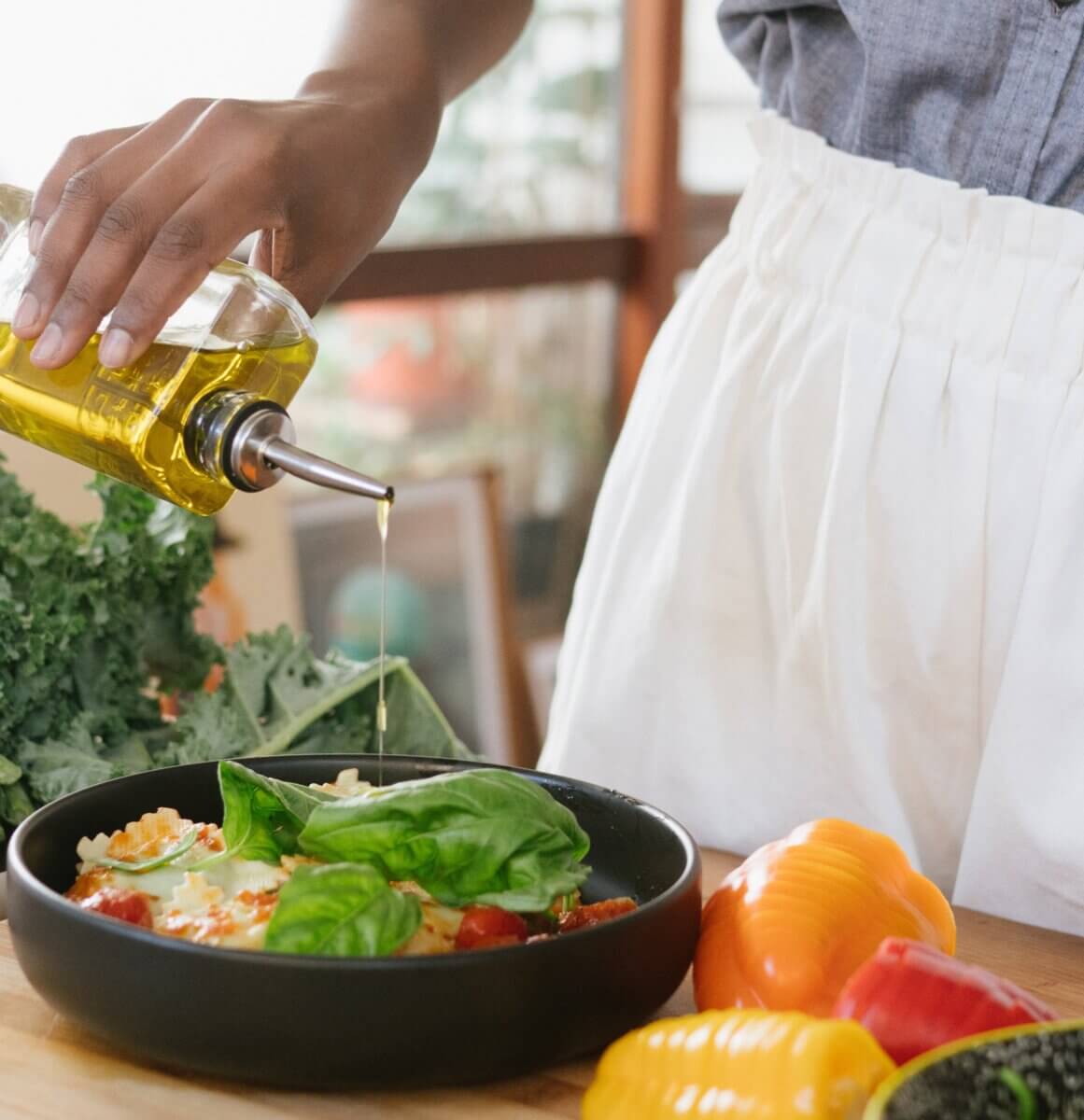
Cheaper olive oils are often extracted using chemical means — these “oils” are often labeled “pomace,” indicating they were extracted from the leftover olive solids from earlier pressings. Consuming these means you’ll be ingesting some sort of chemical solvent. If you do more digging, you can try finding olive oil companies that are trustworthy, but you’ll still have to take someone else’s word for it.
My advice? Skip the marketing. Skip the middleman. Skip the long shipping times, oxidation, packaging, and waste. The only way to know you have the healthiest and purest olive oil, the way it was meant to be eaten, is to learn how to make olive oil on your own.
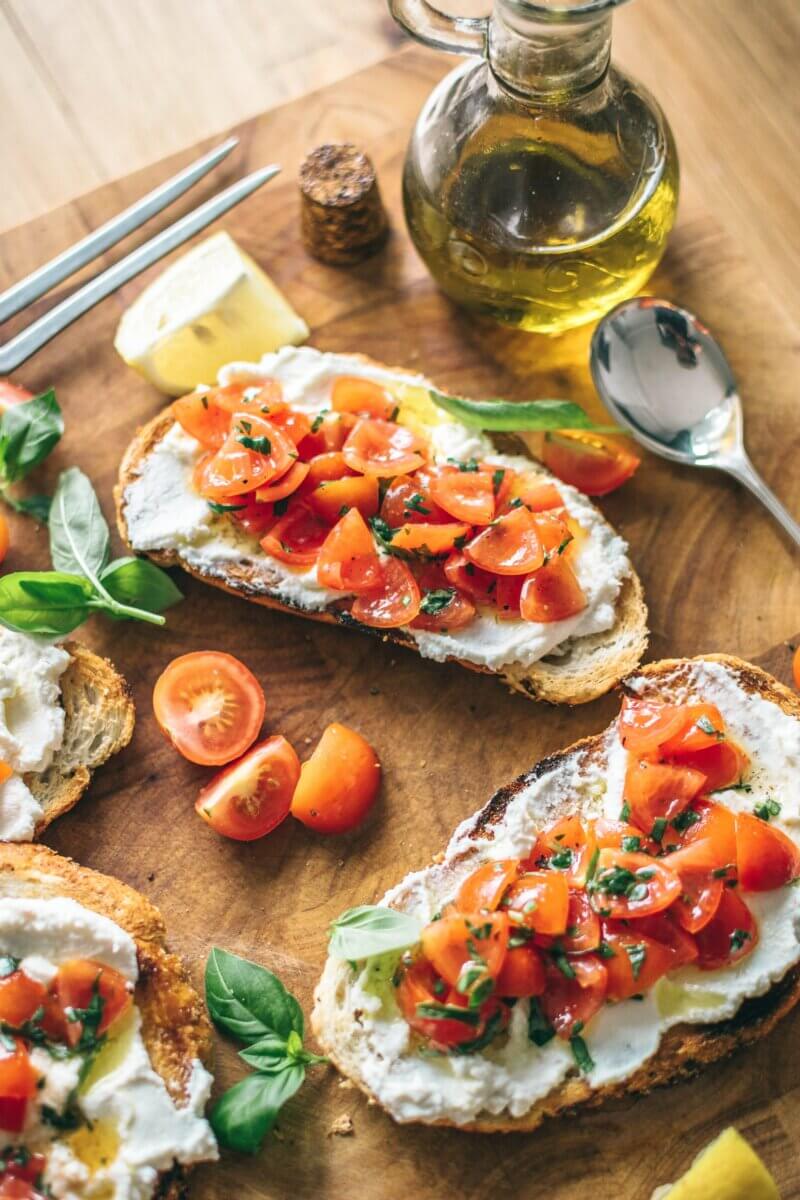
Now, pressing your own oil from a crop of perfectly ripe, fresh-picked olives may seem like some sort of unattainable, provincial fantasy, but it is as possible in the home kitchen as it was for Mediterranean peasants thousands of years ago. If you are blessed enough to have access to olive trees, or if you have the space to cultivate your own, you too can take part in the ancient tradition of harvesting oil from olives.
Related Post: Homemade Vinegar
Though there are certainly nuances to it, pressing oil is a surprisingly simple process. People the world over have done it without electricity and big machines, so rest assured that with minimal tools, you’ll be able to do it too. With that all said, read on to learn how to make olive oil at home.
Ingredients
I love simplicity, and the ingredient list for homemade extra virgin olive oil (which essentially means made without chemicals) couldn’t be more beautiful.
- Clean water
- Fresh, raw, ripe olives
Of course, the type and freshness of olives, and the nuances of finding the perfect balance of flavors, is what adds the underlying millennia of history to this seemingly simple, bitter fruit.
There are dozens of olive cultivars to experiment with as your learning how to make olive oil. If you’re growing your own, you will have the most personalized and unique olive oil, flavored with the sun and wind of your land. If you’re purchasing fresh olives at a market, a good, solid olive to experiment with is the Kalamata.
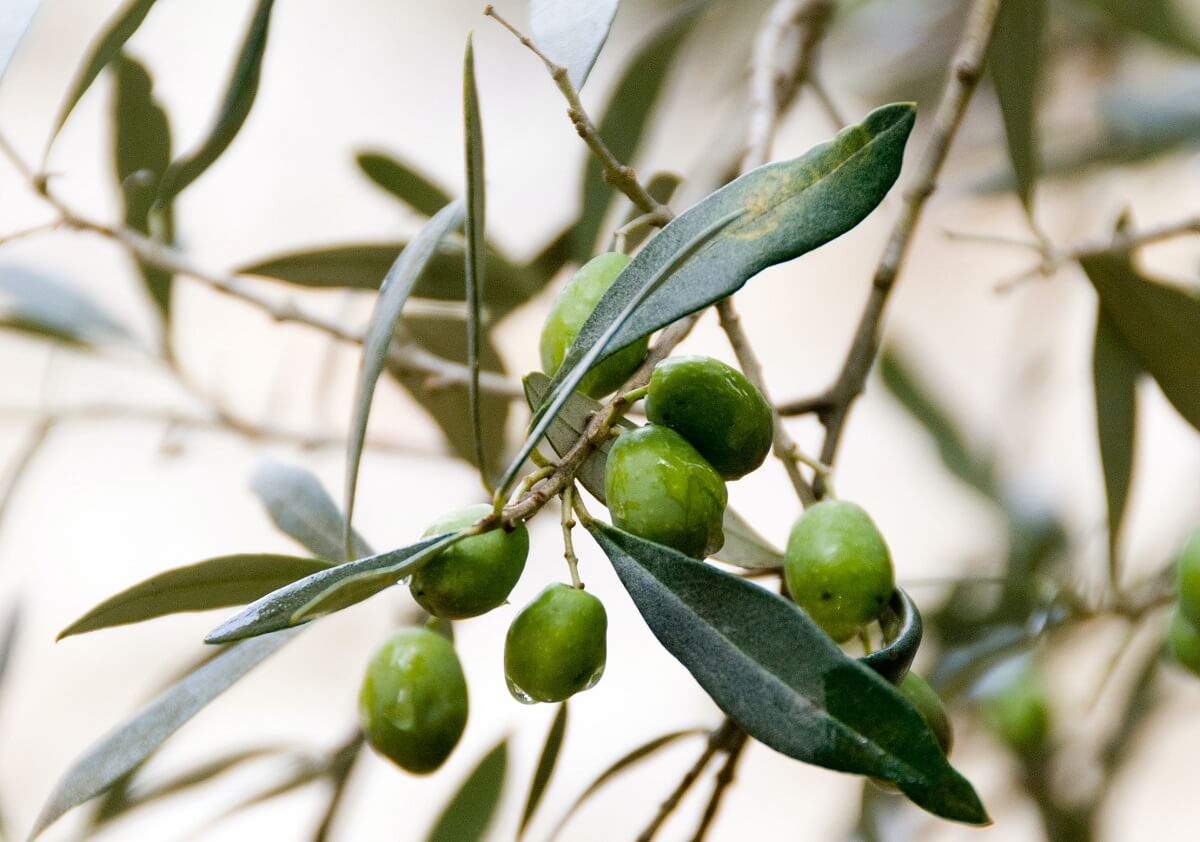
If you’re harvesting your own olives, you can try pressing oil from them at different stages of ripeness and find the flavor you like best. For starters, you can try green olives — before they start to go on the color shift to red and black. Any size can be used.
If you don’t have access to fresh olives, canned olives are an unsuitable replacement. It won’t taste the same, and the oil is likely to spoil.
There are a couple of different ways to make olive oil at home: small scale and traditional. We’re going to cover how to make olive oil with both of these methods.
How to Make Olive Oil: Small-Scale Process
There are many different ways to extract oil, but I’ll start with a very simple one that uses tools you probably have on hand. It is a bit time consuming, but this labor of love will certainly be worth it in the end when you pour and taste that first, verdant-green dish of homemade olive oil (in a special bowl, of course).
This method doesn’t use an oil press, so it’s a good experiment to try on a small scale and is an accessible way to learn how to make olive oil. If you fall in love with making your own oil (and have a reliable source of suitable olives), then I would think it would be more than worth it to take the plunge and buy that expensive (but worth it!) piece of equipment.
Supplies
- Paring knife or olive pitting tool
- Blender (or immersion blender and a vessel)
- Cheesecloth
- Bowl
- Tall, clear glass bottle
Process
- Rinse 2 pounds of olives, being sure to remove all dirt, twigs, and leaves.
- Painstakingly pit each olive.
- Place pitted olives in a blender to render into chunks.
- Add one-half cup warm water to the blender, then blend on high speed for around 10 minutes until a very fine olive paste has been created. At this point, you’ll start seeing a beautiful, velvety shine on top of the paste as the oil starts to separate from the mash.
- Transfer the mashy mess into a cheesecloth-covered bowl, then tightly bundle up the cheesecloth and press out as much liquid as you can. Really squeeze! Every drop counts.
- Pour the liquid into a taller, narrow glass and allow it to settle. Oil and water don’t mix, right?
- After a few hours, right before your eyes, the watery solids will separate from the beautiful oil, which will rise to the top.
- Decant carefully into a dark glass (or directly into the aforementioned special bowl) and enjoy the freshest, purest olive oil in the world.
Don’t worry about the clarity of your slightly opaque oil — that delightfully rustic trait is something that can’t be purchased.
How to Make Olive Oil: Traditional Method
I found a traditional write-up of the oil extraction process in a delightful, hard-to-find book called Handmade by Drew and Louise Langsner. The instructions were taken from the mouths of herders and farmers who were still living traditionally on the Balkan Peninsula. If you want to learn how to make olive oil the traditional way, keep reading!
Supplies
- Wooden tub (food grade)
- Screw press
- Tall, clear glass bottle
Process
- Pick your olives while they are green, and before they turn reddish and begin to blacken. This works best in a team of two, with one person climbing the olive tree and loosening the olives, and another under the tree gathering them onto a sheet.
- Bring the olives home, and put them in a wooden tub.
- Cover the olives with fresh room temperature water to leach out tannins.
- The water will turn dark brown: In 2 to 3 hours, drain the water and replace.
- Replace water daily for 5 to 7 days until rinse water pours off clear (olives will taste very bland)
- Now, drain thoroughly and put olives through a screw-press (similar to an apple cider press)
- Pits and pulp will be strained out, and the high-quality oil will separate and float to the top.
- Carefully pour into containers and use.
Want to get a glimpse of what it looks like inside a traditional olive oil mill in Italy? Check out this video from “Business Insider” that shows how some of the highest quality olive oil in the world is made.
Storage and Pomace Use
Fresh olive oil should be used within two years of being pressed (I would hope you wouldn’t wait that long to use it). To keep it fresh, store your olive oil in dark jars and out of the sunlight.
Now, all that olive pomace (the leftover solids) shouldn’t go to waste. I have been able to find some information on how farmers in the Mediterranean give it to ruminants as a feed supplement, but if you’re unsure whether your goats and sheep could handle it, you can always compost it instead. Chickens, on the other hand, have had favorable growth after having pomace included in the diet.
If you have access to fresh olives, learning how to make olive oil could easily become another tool to add to your self-sufficiency arsenal. Hopefully, you now see how easy that process can be. If any of you have experience making your own olive oil, regale us with your process and tips and tricks in the comments below. And let us know if you have success learning how to make olive oil from this article.











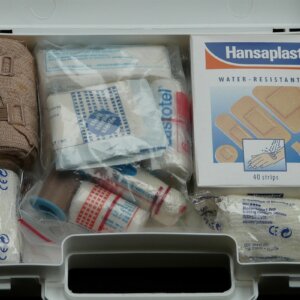

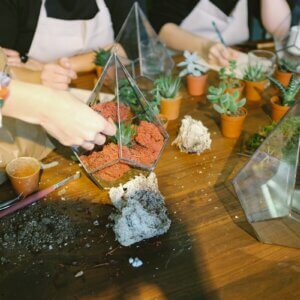


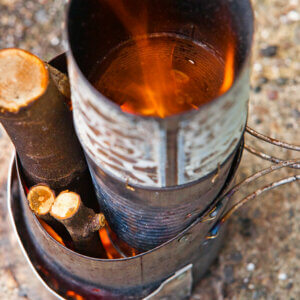




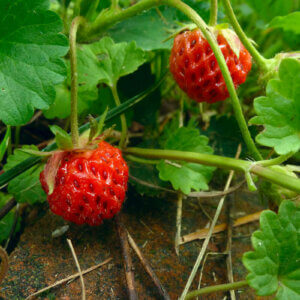
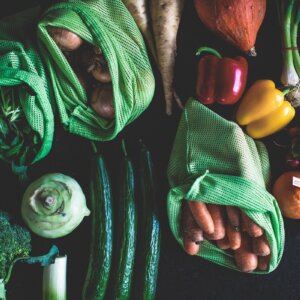

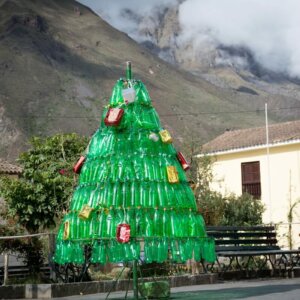

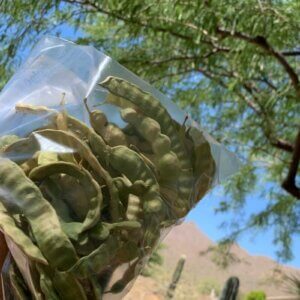
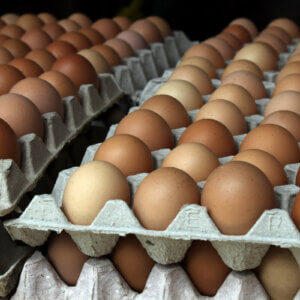



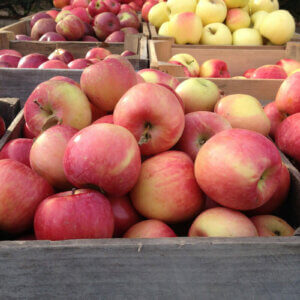
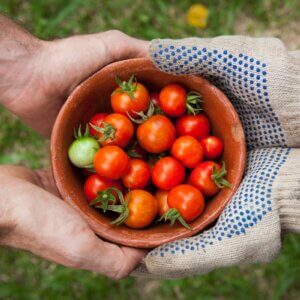




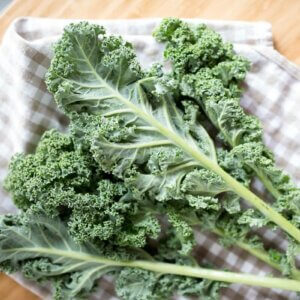



Leave a Reply